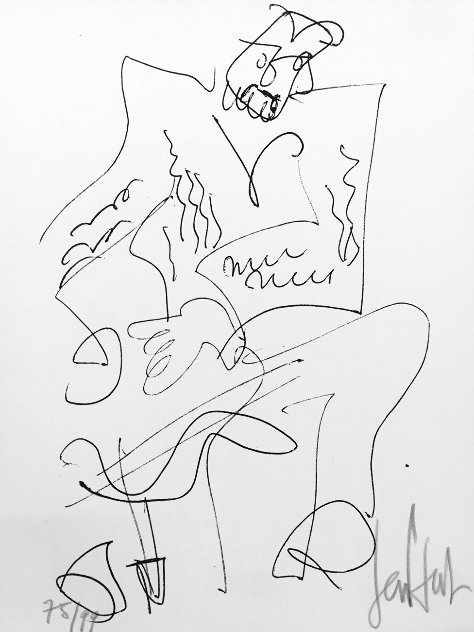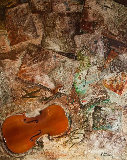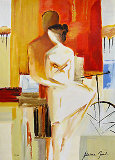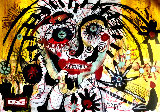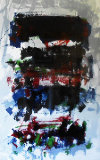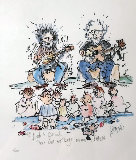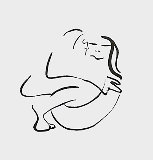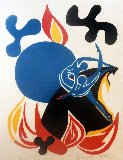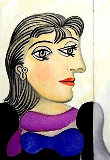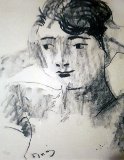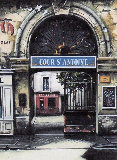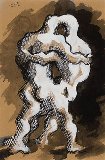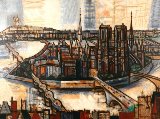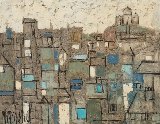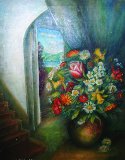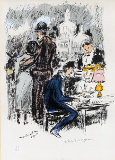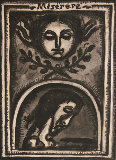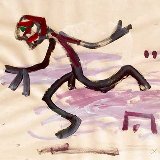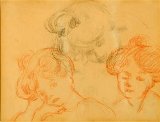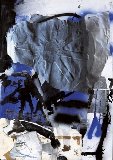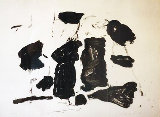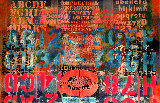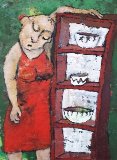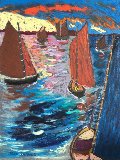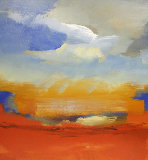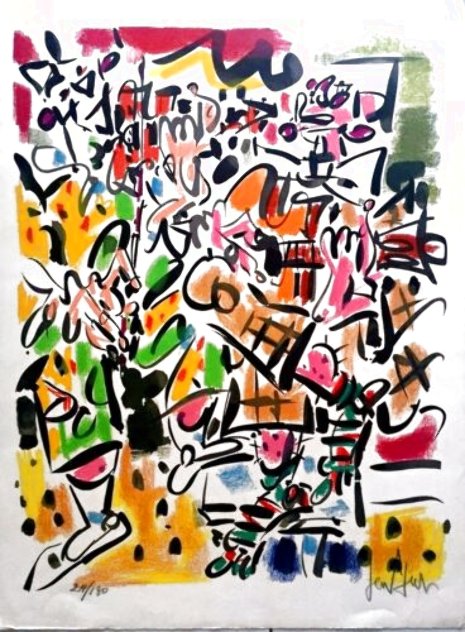



Two Clowns Playing Music 1972
Gen Paul
Limited Edition Print : Lithograph
Size : 29.53x21.26 in | 75x54 cm
Edition : From the Edition of 130
Motivated Seller Reduced
- 🔥1972 Limited Edition Lithograph $2,000
Year1972
Hand SignedLower Right
Condition Other - minor crinkles on lower edges
Not Framed
Purchased fromGallery
Story / Additional InfoGen Paul "Two Clowns Paying Music" Hand Signed and Numbered Lithograph. Never Framed.
Certificate of AuthenticityArt Brokerage
LID158501
Gen Paul - France
Art Brokerage: Gen Paul French Artist: b. 1895-1975. Born as Eugène Paul in a house in Montmartre on the Rue Lepic painted by Van Gogh, he began drawing and painting as a child. His father died when he was only ten years old and Gen Paul was trained to work in decorative furnishings. He served in the French army during World War I and was wounded twice, losing one of his legs. During his convalescence, he returned to painting, and at Le Bateau-Lavoir he became friends with Juan Gris who helped him a great deal. Although Gen Paul never received any formal training, he made a living from his art for almost 60 years. While his early works reflected the influences of his friends in Montmartre, Vlaminck, Utrillo and Frank Will, he soon developed dynamic form of expressionism reflecting influences as varied as Toulouse-Lautrec, Van Gogh, Cézanne, Goya, Velázquez and El Greco. Between 1925 and 1929, he produced many of his best works. The paintings during this phase are characterized by motion created by gestural brush strokes, daring compositions, forced perspectives, diagonals, zigzags, juxtaposed areas of abstraction and realism and flat areas of color. Unlike other expressionists of the time such as Soutine, Rouault and the German expressionists, Gen Paul's works are full of optimism - fueled by his passion for life and daily life and his desire to overcome his handicap. Due to the dynamism and motion inherent in his paintings, some consider Gen Paul to be the first action painter, a precursor to the abstract expressionists of the 1950s.rnGen Paul died at the Pitié-Salpêtrière Hospital in Paris on 30 April 1975 and was interred in the Cimetière Saint-Vincent in Montmartre. A great many of his works remain in private hands but a number of his important pieces can be found at museums in France and in other parts of Europe. Listings wanted.

